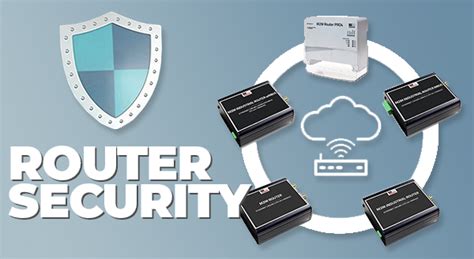In the realm of consumer technology, few areas remain as critical or as contested as the security of network routers. Recently, a significant outage impacting ActionTec T3200s and T3260s models laid bare many of the vulnerabilities surrounding automatic firmware updates and ISP-controlled devices. The event not only highlighted the fragility of our internet infrastructure but also triggered a broader conversation about cybersecurity practices and responsibilities.
The root of the issue seemed to lie in firmware updates gone awry. Historically, routers often receive automatic updates orchestrated by ISPs to patch vulnerabilities or enhance functionality. However, the practice also opens up potential avenues for widespread cyber-attacks, as seen in this case where the malfunction led to approximately 600,000 routers becoming inoperable. These routers displayed a static red light and lost their internet connectivity, leaving users in disarray. A deep dive into user comments revealed divided opinions on whether automatic updates should be disabled to prevent such catastrophes.
The camp advocating for greater user control over firmware updates raises important points. As one user passionately argued, consumers should have the ability to intercept and manage write-enable lines on flash chips, locking out unwanted updates. They suggest daily reboots to clear memory-resident malware, which they compare to practices used on satellite receivers two decades ago. This approach champions maximum security and command over hardware but faces significant pushback. Critics argue that most consumers lack the technical expertise to effectively manage these updates, underscoring how user-centric solutions might require an unsustainable level of hands-on maintenance.
Contrarily, others in the discussion emphasize the undeniable benefits of automatic updates despite their risks. The majority of consumers are unlikely to prioritize router security actively. They simply want their Wi-Fi to work seamlessly. An automatic update mechanism ensures that critical patches close vulnerabilities promptly and without user intervention. Experts in favor of automatic updates argue that these mechanisms eliminate the need for regular user interaction with the router settings—a notable convenience for non-technical users. The pivotal challenge lies in finding a balance where updates can be controlled and securely implemented without compromising user convenience or device integrity.
On a broader scale, suggestions emerged about utilizing alternative firmware sources like OpenWRT or adopting devices with robust security protocols, such as those supported by PC Engines. Open-source solutions offer greater visibility and control over firmware but come with their own set of implementation challenges. Enthusiasts who deploy custom solutions, like running Linux-based firewalls on networking appliances, testify to the reliability and security these setups provide. Yet, these solutions may not be practical for the average user due to their complexity.
In conclusion, the recent outage affecting ActionTec routers reflects a pressing need to reevaluate how firmware updates and router security are managed. While the debate continues, the incident has spurred a valuable dialogue that might prompt ISPs and manufacturers to adopt more user-centric, flexible, and secure firmware update mechanisms. The key takeaway is clear: as our reliance on stable and secure internet connections grows, so too must our vigilance and innovation in safeguarding the very routers that form the backbone of our networked lives. Technology companies, ISPs, and consumers will have to work together to strike the right balance between security, control, and convenience.


Leave a Reply